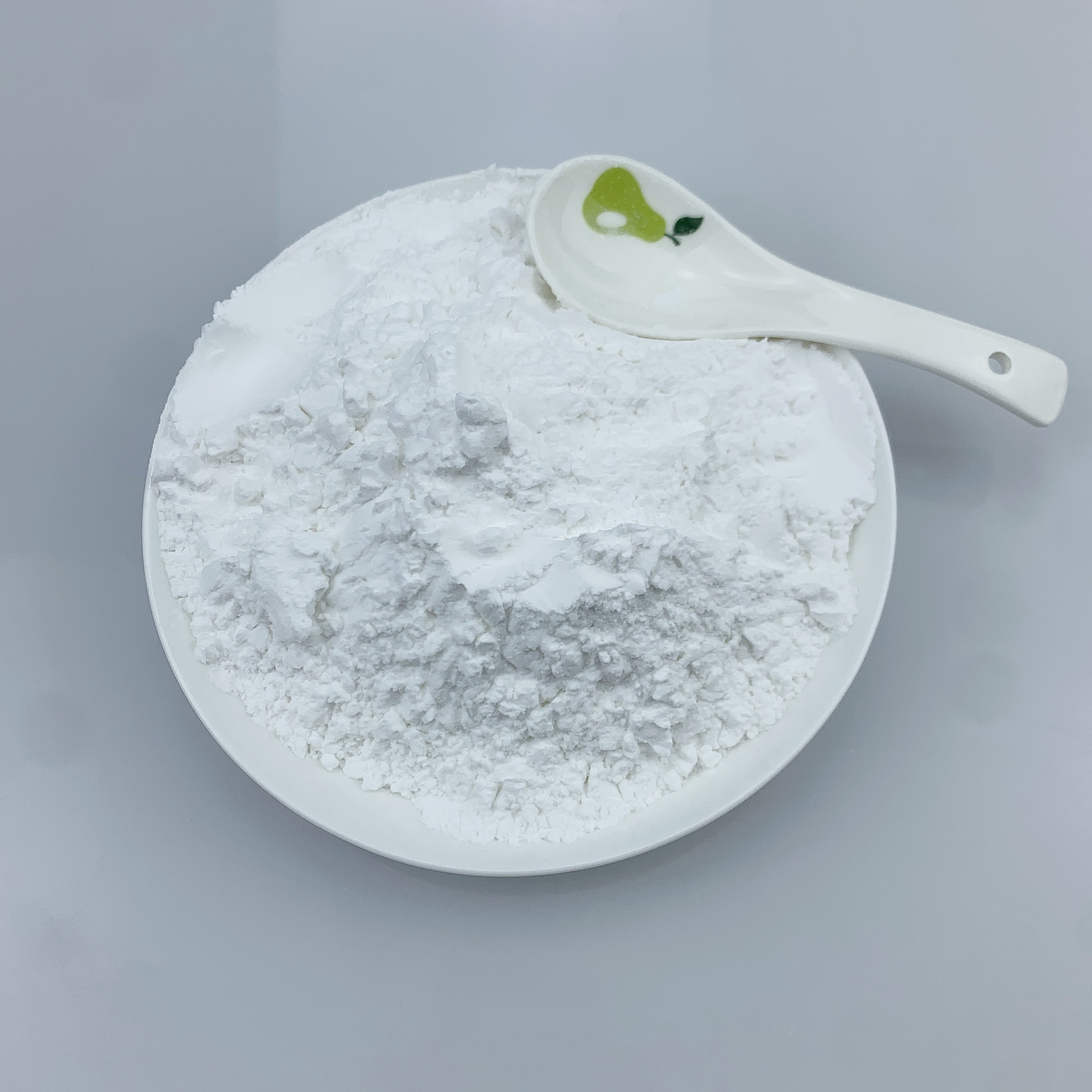Soil Fumigant Management Plan - A Crucial Step Toward Safe and Effective Fumigation

When it comes to soil fumigation, there is no room for compromise on safety and efficacy. Pesticide labels require a Soil Fumigant Management Plan (FMP) for every application, and rightly so - fumigants are highly toxic and can pose serious health and environmental risks if not used properly. The Environmental Protection Agency (EPA) has recognized the importance of FMPs and provides chemical-specific templates and samples to help applicators develop effective plans.
FMPs are not optional - they are a legal requirement for all fumigation applications. They serve as a written record of the applicator's decision-making process, including the selection, handling, application, and disposal of the fumigant. FMPs also provide important information to emergency responders in case of accidental releases or exposures. Without a clear and comprehensive plan, fumigation can become a dangerous and unpredictable process.
The EPA's Soil Fumigant Toolbox offers a range of templates for FMPs, specific to different soil fumigants. The templates are available in both PDF and Word formats, making them easy to customize and use. Applicators can choose the appropriate template for the product they are using, whether it contains chloropicrin, dazomet, metam sodium/potassium, or methyl bromide. The templates provide a structured format for organizing the necessary information and ensure that all relevant aspects of the application are considered.
Developing an FMP involves several key steps. First, the applicator must identify the pest or pathogens that are being targeted and select the most appropriate fumigant. They must then assess the site conditions, including soil type, moisture content, and weather, to determine the optimal time and method of application. The applicator must also consider the potential risks to workers, bystanders, and the environment, and develop strategies to minimize these risks. Finally, the applicator must develop a plan for monitoring the fumigant and ensuring its proper disposal after use.
The templates provided by the EPA can guide applicators through each of these steps, ensuring a thorough and effective FMP. They include prompts and checklists for key information, such as the application rate, buffer zones, and emergency contacts. The templates also emphasize the importance of communication and coordination with all parties involved, including workers, landowners, and regulator/'>regulatory agencies.
In conclusion, FMPs are an essential step toward safe and effective soil fumigation. The templates provided by the EPA are a valuable resource, helping applicators develop thorough and well-planned FMPs that comply with pesticide labels and protect human health and the environment. By taking the time to develop a comprehensive FMP, fumigation applicators can ensure that their work is effective and responsible, and build trust and confidence with their clients and communities.
Keywords: Soil Fumigant Management Plan, EPA, pesticide labels, chloropicrin, dazomet, metam sodium/potassium, methyl bromide, templates, samples, PDF, Word formats.









